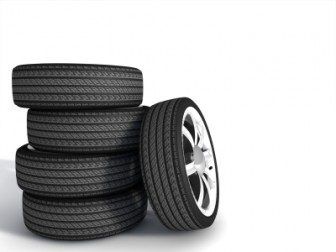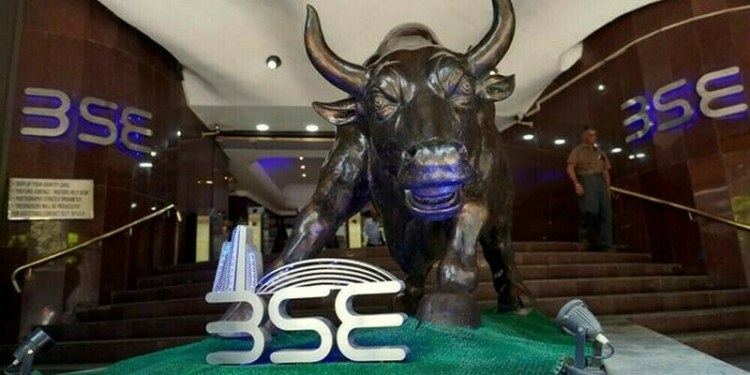 Tire industry analyst John Healy, managing director of research for Northcoast Research Holdings LLC, studies anything that will affect the domestic stock prices for which he is responsible.
Tire industry analyst John Healy, managing director of research for Northcoast Research Holdings LLC, studies anything that will affect the domestic stock prices for which he is responsible.
In the United States, he targets Goodyear Tire & Rubber Co. and Cooper Tire & Rubber Co. Goodyear recentlymoved its stock to NASDAQ, while Cooper sells its stock on the New York Stock Exchange.
According to Healy, tire pricing is holding despite the expiration of Tariff 421. That doesn’t mean they haven’t dropped at all, however.
“In order to monitor pricing trends in the consumer replacement tire market, we developed the Northcoast Research Tire Pricing Index (TPI), a proprietary data set comprised of more than 20,000 domestic tire prices,” he says. “The TPI is designed to provide us with a better understanding of tire manufacturers’ strategies, as well as competition within the industry.”
After peaking the week of Sept. 19, 2012, retail prices trended downward, says Healy, with the aggregate level of prices down approximately 1.6%.
“As expected, the downward pressure on prices has been the most acute in the mid-tier and value segments, which are off 2.4% and 1.4%, respectively. That said, premium tire prices are down 1.2% since mid-September.”
Healy says he is encouraged by the recent results of the TPI index, which suggests that manufacturer price concessions on non-Chinese tires since the expiration of Tariff 421 have been modest.
“In short, our research suggests that the industry has remained disciplined from a pricing perspective thus far, which should ease investor concern — at least in the short-run.”
Given the stable pricing, Healy has this to say about Goodyear and Cooper.
Goodyear: “We continue to believe Goodyear’s future results will be driven by gains in ‘gross profit per tire’ and not unit growth.”
Cooper: “We think Cooper is positioned for several years of earnings progress as it continues to bring the right mix of value and technology to the market and be a beneficiary of lower input costs.”
TIA: Free trade, open markets best for U.S., China
The Tire Industry Association (TIA) says the duties or “safeguards” were established by President Obama’s administration to combat what the Department of Commerce found was Chinese tire manufacturers receiving subsidies ranging from 10.90% to 30.69%.
According to the Peterson Institute for International Economics, 1,200 American jobs were saved as a result of the Chinese tire tariffs. However, that tariff mostly benefited other tire exporting countries first and American manufacturers second on the low-cost tires.
At the time of the imposition of these duties in 2009, TIA Executive Vice President Roy Littlefield said, “The tire manufacturers made the decision years ago to shift production of these lower-cost tires out of the U.S. All this action will do is force the tire manufacturers to shift production of these lower-cost tires to other countries.”
TIA says this is exactly what happened.
Recently, the Obama administration, in its continuing effort to establish a “level playing field,” requested from the World Trade Organization (WTO) “dispute settlement consultations with the People’s Republic of China on auto and auto parts producers.”
The specific mainland Chinese manufacturers are located in what are called “export bases,” and according to the administration’s newly created Interagency Trade Enforcement Center, these companies received one billion dollars in subsidies between 2009 and 2011. The information was calculated from publicly obtained documents and are a clear violation of the WTO agreement according to Ron Kirk, the U.S. trade representative.
The full U.S. Trade Representative office’s WTO filing can be found by clicking here. The U.S. Customs office guidance for the original tariff can be found here.
TIA’s position is that free and open markets with level playing fields are best for the consuming public and the local tire dealership in providing the best price for the best product possible. The 22-page submittal to the WTO does not specifically mention tires, but does address many related automotive aftermarket products.
Although this differs from the Chinese tire tariff of 2009, it is a continuation of the on-going efforts of integrating China into the world market. This is happening by the fact that China is using the WTO to resolve disputes between itself and the U.S.
TIA says the Chinese have submitted a countersuit to the WTO because of the Administration’s actions. Littlefield said that, “It is good that the Chinese government is using the WTO, it is the proper mechanism for resolving such disagreements and they are establishing a good track record of complying with the WTO’s findings.”
Source: Modern Tire Dealer



























